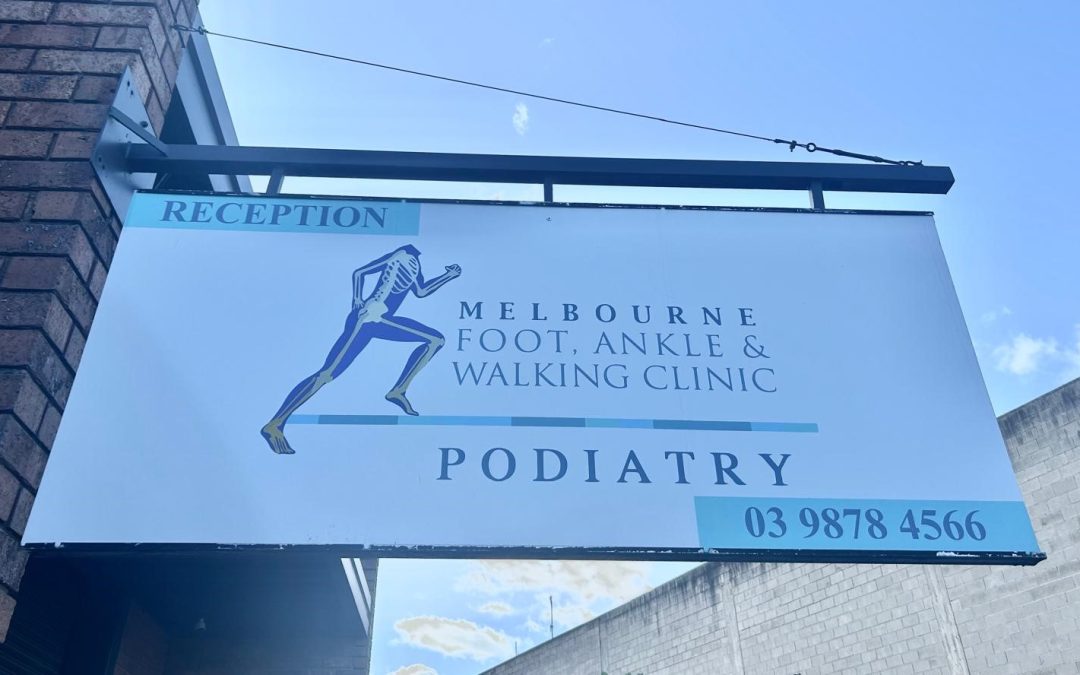When it comes to foot and ankle health, finding a qualified and reliable podiatrist is crucial. Whether you’re dealing with chronic pain, sports injuries, or routine foot care, a podiatrist can offer specialized treatment and advice. If you’re searching for a “podiatrist near me,” you’re in the right place. Here’s everything you need to know to make an informed decision and ensure you receive the best care for your feet and ankles.
Why Choose a Podiatrist?
A podiatrist is a medical specialist focused on diagnosing and treating conditions related to the feet, ankles, and lower legs. Unlike general practitioners, podiatrists have specialized training and expertise in areas such as:
Foot and Ankle Injuries: Whether from sports or accidents, podiatrists are skilled in treating fractures, sprains, and other injuries. They use advanced diagnostic tools and techniques to accurately assess the injury and create a customised treatment plan that promotes optimal recovery and minimizes the risk of re-injury.
Chronic Conditions: Issues like arthritis, diabetes, and plantar fasciitis often require the expertise of a podiatrist. Podiatrists are trained to manage these conditions effectively, helping patients manage pain, improve mobility, and maintain a high quality of life. Regular visits to a podiatrist can prevent complications and ensure that chronic conditions are managed effectively.
Surgical Interventions: For severe conditions, podiatrists can perform surgeries to correct deformities and improve function. From bunion surgery to corrective procedures for hammertoes and other deformities, podiatric surgeons have the skills and experience necessary to perform a wide range of surgical interventions. If you need surgery, finding a skilled “podiatrist near me” can ensure you receive the best care.
How to Find the Best Podiatrist Near You
Finding the right podiatrist requires some research and consideration. Here are some tips to help you find the best “podiatrist near me”:
Research and Reviews:
Start by looking up podiatrists in your area. Websites like Google Reviews, Healthgrades, and Yelp offer valuable insights from other patients. Pay attention to feedback on the quality of care, office staff, and overall patient experience. Positive reviews and high ratings are a good indicator that the podiatrist is trustworthy and provides excellent care. When reading reviews, look for mentions of the podiatrist’s expertise, communication style, and the effectiveness of treatments provided.
Check Qualifications:
Ensure that the podiatrist is board-certified and has the necessary qualifications and experience. This information is usually available on their practice’s website or professional profile. A board-certified podiatrist has undergone rigorous training and testing, ensuring they are well-equipped to handle various foot and ankle issues. Don’t hesitate to ask about their experience with specific conditions or procedures, especially if you have a particular concern.
Consider Specialisations:
Podiatry is a diverse field. Some podiatrists specialize in sports medicine, while others focus on diabetic foot care or surgical interventions. Choose a specialist whose expertise aligns with your needs. For example, if you’re an athlete dealing with a sports injury, look for a podiatrist with experience in sports medicine. Similarly, if you have diabetes, finding a podiatrist who specializes in diabetic foot care can help you manage your condition more effectively.
Evaluate Accessibility:
Location and office hours are essential factors. A convenient location and flexible scheduling can make it easier to attend appointments and manage your treatment plan. When searching for a “podiatrist near me,” consider how easy it is to get to their office and whether their hours align with your schedule. Accessibility is especially important if you require regular visits or have mobility issues.
Insurance and Payment Options:
Confirm that the podiatrist accepts your insurance plan or discuss payment options beforehand. This will help you avoid unexpected costs and ensure that you can focus on your treatment. Understanding your financial responsibilities upfront can prevent stress and make the treatment process smoother. Many podiatrists offer various payment options, including payment plans, to accommodate different financial situations.
What to Expect During Your Visit
When you visit a podiatrist, you can expect a thorough evaluation of your condition. The initial consultation typically involves:
Medical History Review: Discussing your overall health, any previous injuries, and your current symptoms. This helps the podiatrist understand your medical background and tailor the treatment plan to your specific needs. Be prepared to answer questions about your lifestyle, activity level, and any pain or discomfort you’re experiencing.
Physical Examination: The podiatrist will examine your feet and ankles, assess your gait, and may conduct tests to diagnose the issue. This comprehensive examination helps identify the root cause of your symptoms and determine the best course of action. The podiatrist may also use diagnostic tools like X-rays, ultrasound, or MRI to get a clearer picture of your condition.
Treatment Plan: Based on the diagnosis, the podiatrist will recommend a treatment plan, which could include medication, physical therapy, custom orthotics, or surgery. They will explain the benefits and risks of each option and work with you to develop a plan that aligns with your goals and preferences. Regular follow-up appointments may be necessary to monitor your progress and make any necessary adjustments to your treatment.
Finding a qualified “podiatrist near me” can significantly impact your foot and ankle health. By conducting thorough research, evaluating qualifications, and considering your specific needs, you can find a podiatrist who will provide exceptional care. Don’t let foot pain or discomfort hold you back—take the first step towards better foot health today! Remember, investing in your foot health is investing in your overall well-being.

